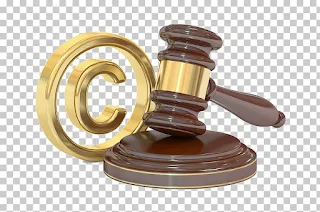When you go through the deed or other documents related to real estate transactions, you would often come across the term 'encumbrances.' You might overlook the term and leave it to the wisdom of the lawyers at Reich Law, a law firm that specializes in real estate transactions or curious to know the ramifications of the term. The importance of the term in real estate transactions is undeniable, which finds repeated use in legal documents pertaining to real estate transactions.
What Is An Encumbrance?
A claim made by a party on a property who is not its owner is known as an encumbrance. Since an impediment can impact the transfer ability of a property, buyers must ensure that the property is free from all encumbrances. To use any properly freely, there should not be any encumbrances. Encumbrances include easements, mortgages, and property tax liens, and except for the last two, all encumbrance does not have a financial impact.
Encumbrances can be financial or non-financial claims on a property by a third-party who does not have ownership of that property. This would restrict the property owner from exercising full control over the property and avoid 72Sold Lawsuit. A lien or easement can affect the marketability of a property.
Types Of Encumbrances
You will come across different types of encumbrances in real estate, but these have one thing in common that it is meant to protect both parties by specifying what each claim entails and its entitlement.
Easement
When a party has the right to use portions of someone else’s property or make improvements, it is an easement. In such a situation, the owner faces restrictions in using or improving the property in a certain way. If a utility company has the right to run a gas line through a property that belongs to someone else, it is an example of an affirmative easement. Easement aims at the benefit of a third party and not the property owner.
Lease
A lease is like a rental agreement that specifies the tenure as well as the rate agreed upon. Since the title of the property remains with the lessor, it is a type of encumbrance because it restrains the owner from using the property in specific ways, as mentioned in the lease agreement.
Encroachment
When a party who is not the owner of a property intrudes into that property, it amounts to encroachment. Building a fence on the lot line and creating a nuisance by planting a tree on so that the branches overhand on another property are examples of encroachment.
Mortgage
Mortgage is a type of encumbrance because the lender retains an interest in the title to the property, usually a house, until the borrower who is the purported owner of the property pays off the loan. If the borrower fails to pay back, the lender can seize the property by foreclosing the loan.
Lien
A property offered as collateral to a creditor is treated as a lien. The creditor can gain the rightful title of the property in case of any unfulfilled obligation by the debtor.
Beside real estate, the term encumbrance finds use in accounting too.









